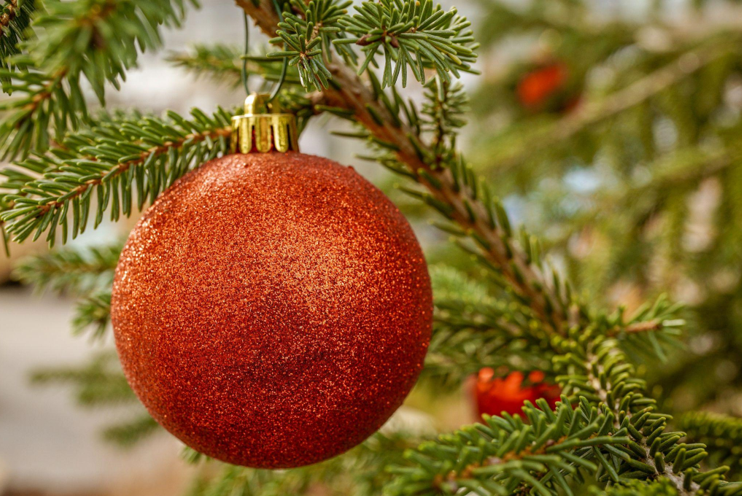The History and Evolution of Christmas Ornaments
Christmas ornaments have been a beloved tradition for centuries. In the past, people would decorate evergreen trees with fruits, nuts, and candles to celebrate the winter solstice. However, in the 1800s, glassblowers from Germany started producing intricate glass ornaments in various shapes and colors. These decorative baubles quickly gained popularity across Europe and eventually in America.
Today, Christmas ornaments come in all shapes and sizes, from traditional hand-painted glass balls to personalized ornaments with family photos or names. Many people collect ornaments to commemorate special events or vacations, while others prefer a themed tree with specific colors or designs.
The Symbolism of Christmas Ornaments
Every Christmas ornament holds a special meaning and significance. For example, angels represent peace and protection, while snowflakes symbolize the uniqueness of each individual. It’s also common to see religious symbols such as the Nativity scene, crosses, and stars on Christmas tree decorations, representing the birth of Jesus Christ.
Other popular Christmas ornaments include:
– Santa Claus and his reindeer, representing the joy and magic of Christmas
– Candy canes, representing the sweetness of the season
– Gingerbread men, representing the tradition of baking and sharing treats with loved ones
– Ornaments with family members’ names, representing the importance of family during the holiday season.
When decorating your tree, consider the significance behind each ornament and what they represent to you and your family.
In addition to the meaning and history behind Christmas ornaments, there are many creative and unique ways to decorate your tree. Some people prefer a minimalist approach with simple white lights and classic baubles, while others go all out with garlands, ribbons, and colorful ornaments.
If you’re creative, consider making your ornaments with felt, yarn, or recycled materials. This is a great way to involve kids and create personalized decorations with special meaning.
In conclusion, Christmas ornaments are more than just decorations on a tree. Their rich history and symbolism represent the holiday season’s joy, love, and traditions. Whether you prefer a traditional or unique approach to decorating your tree, remember to embrace the significance and magic behind each ornament.




